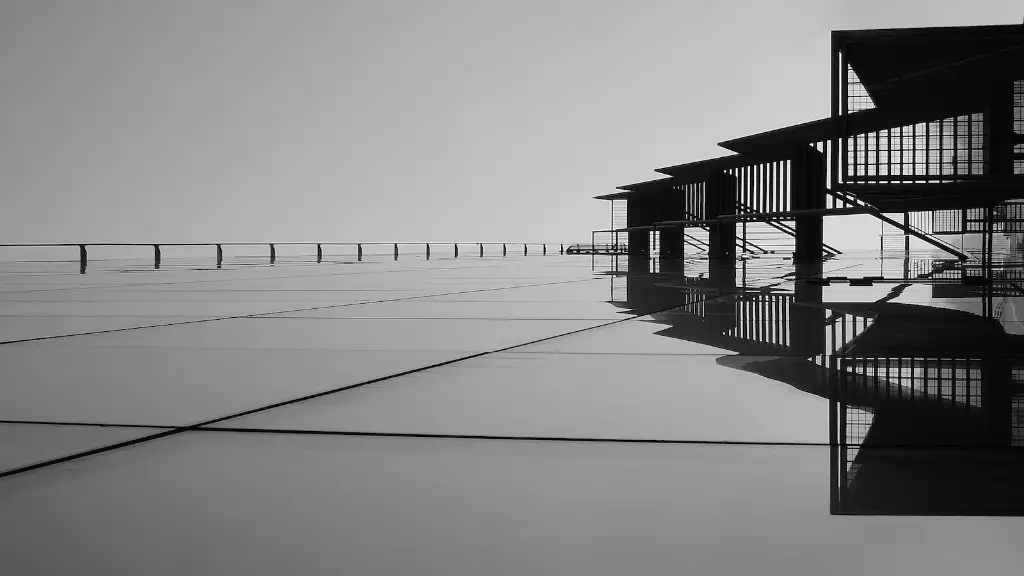What Is 3D Printing And How Will It Affect Architecture?
3D printing is the process of creating a three-dimensional object from a digital file. It was first used in the medical industry, to create prostheses and other appliances. 3D printing is now being used in a variety of industries, such as manufacturing and architecture. 3D printing has the potential to revolutionize the way architecture is designed and built. In this article, we will discuss how 3D printing can affect architecture and how it may revolutionize the industry.
Benefits Of 3D Printing In Architecture
There are many benefits to using 3D printing in architecture. It is cost-effective – 3D printing eliminates the need for multiple expensive prototypes and eliminates costly production delays. It is environmentally friendly – 3D printing eliminates the need for large amounts of material, and reduces the amount of waste produced. 3D printing is also faster than traditional manufacturing methods – it is estimated that 3D printing can reduce construction times by up to 50%. Finally, 3D printing can help create unique designs with intricate details, as well as larger and more complex structures, that would have been impossible or impractical to produce with traditional manufacturing methods.
How 3D Printing Will Affect Architecture
3D printing will revolutionize the way architecture is designed and constructed. 3D printing can create complex, intricate designs with a level of detail not possible with traditional construction methods. It can also be used to create larger and more complex structures that were previously impossible. 3D printing can reduce the cost of constructing buildings and the time it takes to complete projects. 3D printing eliminates the need for multiple expensive prototypes and eliminates costly production delays.
In addition, 3D printing can be used to create components and structures with unique properties, such as self-healing concrete or parts with built-in sensors. 3D printing can also be used to create custom structures on a smaller scale, such as models and artwork. Finally, 3D printing can reduce material waste and the use of hazardous materials, making construction safer and more eco-friendly.
Experts’ Outlook On 3D Printing For Architecture
Experts in the field of architecture agree that 3D printing is the future of the industry. According to experts, 3D printing will revolutionize the way architecture is designed, constructed and maintained. They believe that 3D printing will provide architects with the ability to create unique designs and structures that have never been seen before. Furthermore, 3D printing will reduce costs, time and material waste, making construction projects more economical and efficient.
How 3D Printing Will Compliment Traditional Construction Methods
3D printing is not meant to replace traditional construction methods, but rather to complement them. Traditional methods can still be used for larger projects, such as skyscrapers and bridges, while 3D printing can be used for smaller projects, such as interior design pieces. 3D printing can also be used to create components and structures that are too complex or too expensive to manufacture using traditional methods. Furthermore, 3D printing can be used to personalize projects and make them more unique.
What We Might See In The Future
In the future, we will see more architects using 3D printing to create unique and complex structures. We may also see 3D printed projects that use self-healing concrete and other materials, with built-in sensors and other technologies. 3D printing may also help reduce construction times and material waste, making construction more cost-effective and eco-friendly. We may even see 3D printed homes becoming a reality in the near future.
Applications Of 3D Printing In Architecture
3D printing technology is already being used in architecture to create unique and complex structures. 3D printing has been used to create models for projects, as well as structures such as bridges and high-rises. 3D printing can also be used to create components and structures with unique properties, such as self-healing concrete or parts with built-in sensors. Furthermore, 3D printing can be used to personalize projects, making them more unique and interesting.
Advantages And Disadvantages Of 3D Printing In Architecture
3D printing offers many advantages for architects, such as the ability to create unique and complex designs, the ability to reduce construction time and costs, the ability to reduce material waste, and the ability to create self-healing concrete or components with built-in sensors. However, 3D printing can also have some drawbacks. It can be difficult to use and is often expensive, and it can be difficult to create large-scale structures with 3D printing. In addition, 3D printing requires specialized knowledge and expertise, which can be expensive to acquire.
Conclusion
3D printing technology has the potential to revolutionize the way architecture is designed and built. It can reduce construction times, costs, and material waste, and can create unique and complex designs and structures. However, there are still some drawbacks to using 3D printing in architecture, such as the cost and difficulty of use. Nevertheless, 3D printing is likely to become a major part of the future of architecture.


